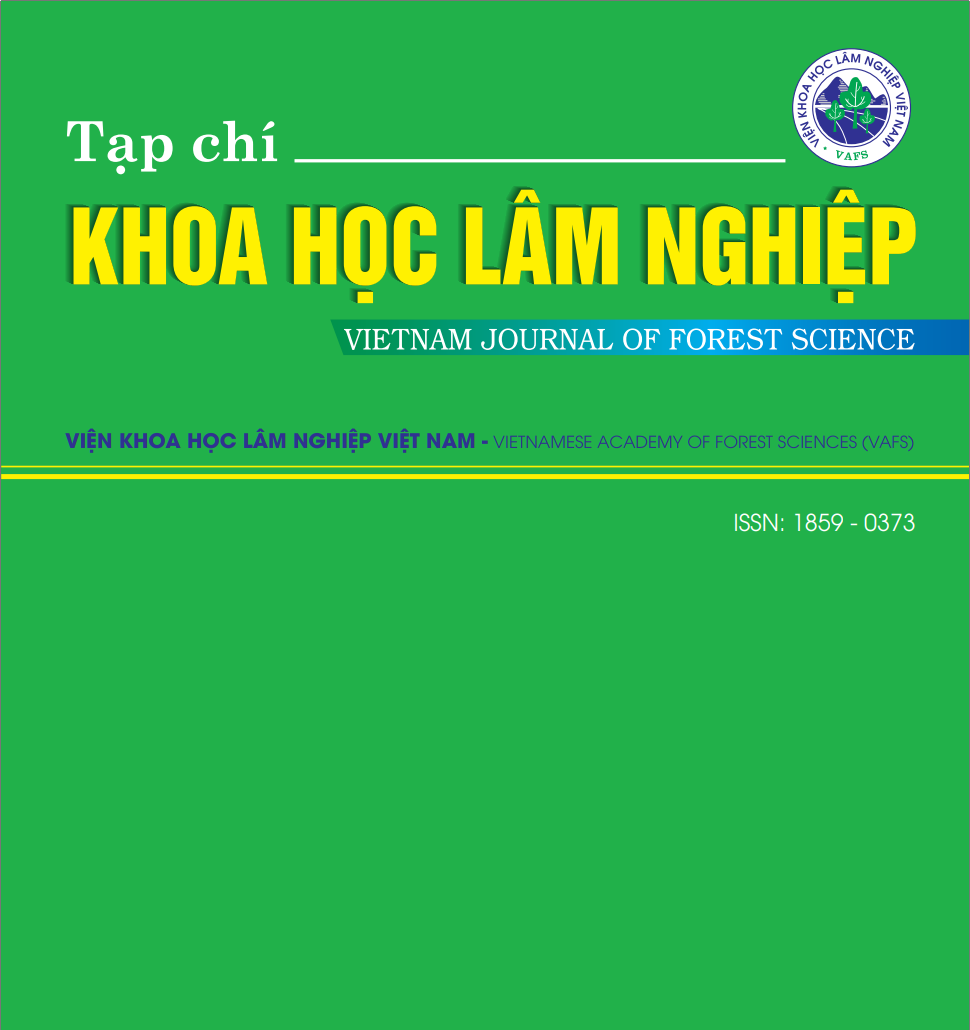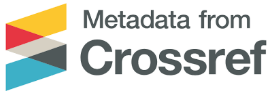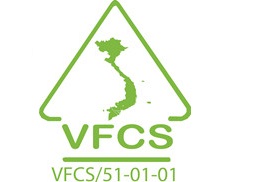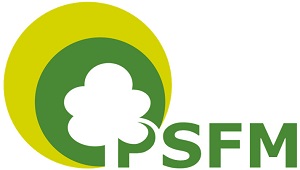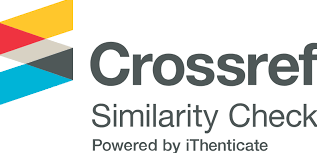ĐẶC ĐIỂM LÂM HỌC CỦA CÂY DẦU ĐỌT TÍM (Dipterocarpus grandiflorus Blanco) TẠI XÃ ĐẠI THẠNH, HUYỆN ĐẠI LỘC, TỈNH QUẢNG NAM
Từ khóa:
Lâm học, Quảng Nam, Dầu đọt tím.Tóm tắt
Dầu đọt tím phân bố chủ yếu trong rừng tự nhiên lá rộng thường xanh nghèo, nơi có độ cao < 300 m, nhiệt độ trung bình 26oC, lượng mưa 1.796 - 2.015 mm/năm, trên đất feralit vàng xám hoặc vàng đỏ, thành phần cơ giới từ thịt nhẹ đến sét trung bình, đất hơi chua, đất có hàm lượng mùn từ 1,68 - 2,09 %; đạm tổng số từ 0,11 - 0,14%, phốt pho từ 152,26 - 183,34 mg; kali từ 118,17 - 134,86 mg. Mật độ của tầng cây cao biến động lớn, từ 268 cây/ha đến 588 cây/ha tuỳ theo trạng thái rừng, trong đó Dầu đọt tím có 4 - 92 cây/ha và đều tham gia vào công thức tổ thành tầng cây cao, đặc biệt tại trạng thái IIIA2 Dầu đọt tím còn có ý nghĩa lớn về mặt sinh thái với hệ số tổ thành là 42,57%. Mật độ cây tái sinh đạt từ 11.000 - 15.160 cây/ha của 19 - 32 loài cây tái sinh, trong đó Dầu đọt tím chỉ tham gia vào công thức tổ thành cây tái sinh ở trạng thái rừng IIIA2 với hệ số là 7,8%. Mật độ cây tái sinh của Dầu đọt tím đạt từ 480 -720 cây/ha, tập trung ở cấp chiều cao 1 - 2 m (đối với trạng thái IIA, IIB) và > 2 m (đối với trạng thái IIIA2). Nguồn gốc cây Dầu đọt tím tái sinh chủ yếu là bằng hạt (54,2 - 72,2%) và cây có phẩm chất từ trung bình đến tốt chiếm trên 70%.
Tài liệu tham khảo
1. Bộ Khoa học và Công nghệ, 2007. Sách Đỏ Việt Nam. Phần II - Thực vật rừng. NXB Khoa học tự nhiên và Công nghệ, 2007. Pp 16,121.
2. Nguyễn Hoàng Nghĩa, 1999. Một số loài cây bị đe dọa ở Việt Nam. NXB Nông nghiệp, Hà Nội.
3. Nguyễn Hoàng Nghĩa, 2005. Cây họ Dầu Việt Nam. NXB Nông nghiệp, Hà Nội 2005.
4. Nguyễn Hải Tuất, Trần Quang Bảo, Vũ Tiến Hinh, 2011. Ứng dụng một số phương pháp định lượng trong nghiên cứu sinh thái rừng. NXB Nông nghiệp, Hà Nội.
5. Thái Văn Trừng, 1978. Những hệ sinh thái rừng nhiệt đới ở Việt Nam. Nghiên cứu trường hợp khu vực: thảm thực vật rừng Việt Nam. NXB Khoa học và Kỹ thuật, Hà Nội (tái bản lần 3).

